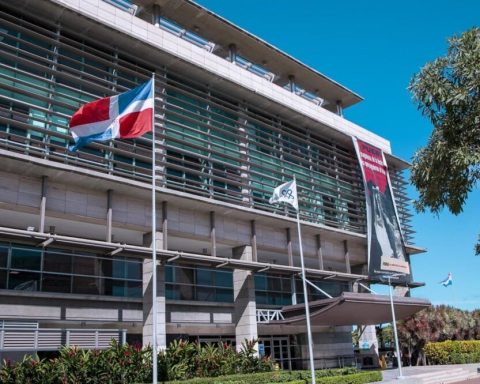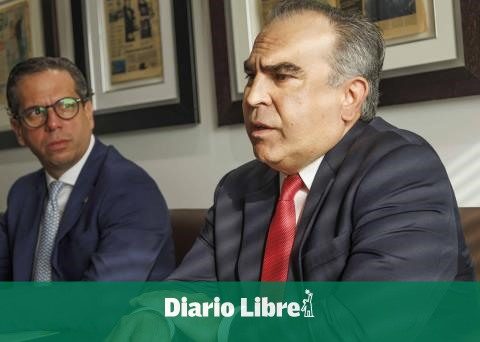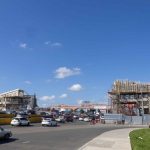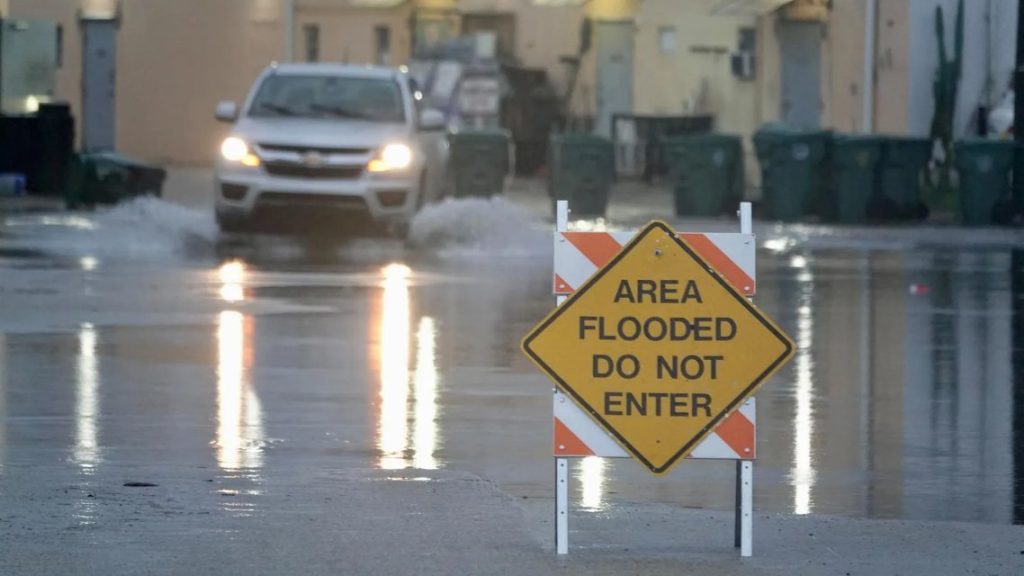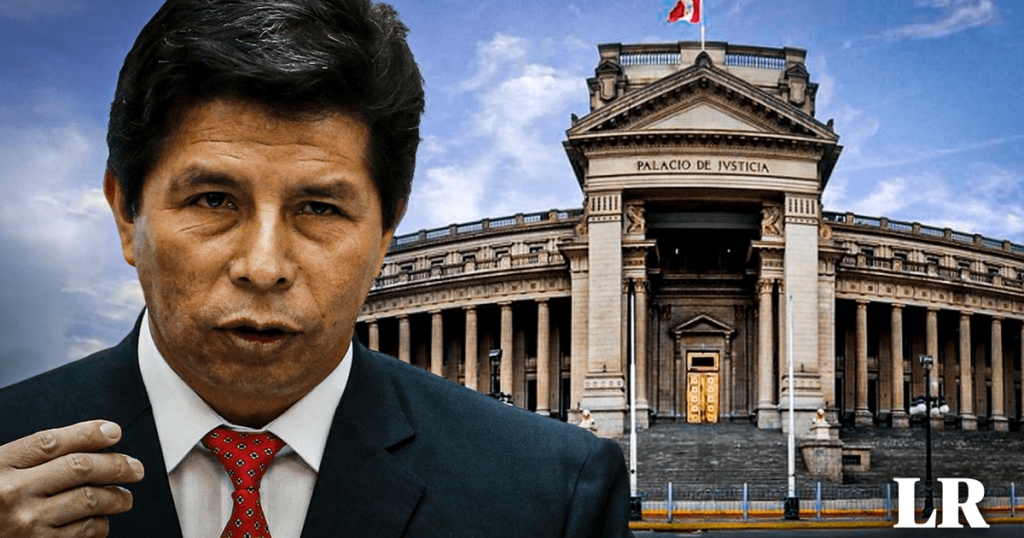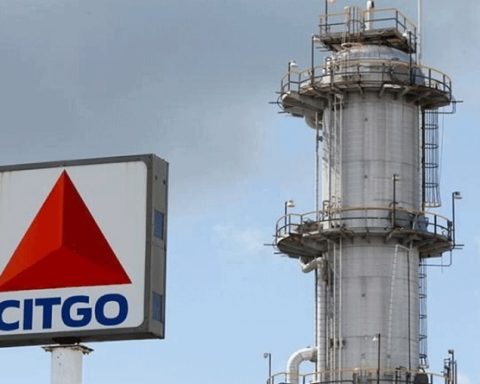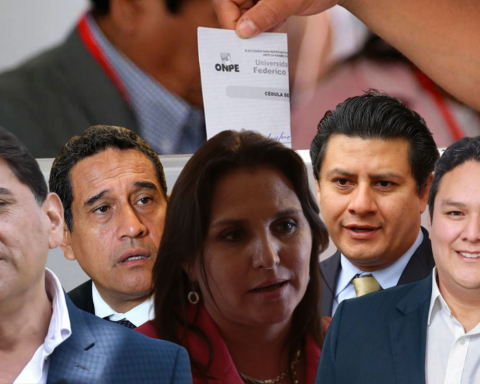Economists from the Autonomous University of Santo Domingo (UASD) expressed their concern about the proposed Real Estate Tax (IPI) presented by the government, pointing out that this measure would significantly affect the middle class in the Dominican Republic.
They call for a detailed analysis of this aspect, since it seems to be the segment of the population most affected by the tax reform.
Nicolás Jiménez, director of the School of Economics of the UASD, emphasized: “This could impoverish those who will now have to pay housing taxes that were previously not taxed”.
Instead, Antonio Ciriacodean of the Faculty of Economic and Social Sciences, considered that the IPI should be moderated.
“Either you increase the exempt amount a little or you lower the rate from 1% to half a percentage point as a mechanism to moderate that, because if not, that will have a impact on the real estate market in the sense that it will increase the price of housing and the price of rents,” Ciriaco said.
He said that that tax What it does is that it not only affects the middle class, but also, it increases the cost of rentals.
He specified that the problem is getting worse, since many homes have increased their value, exceeding the new exempt amount of five million pesos. This implies that the middle class families They will face higher taxes when purchasing or renting homes, exacerbating the financial burden of this sector, he considered.
Both economists spoke within the framework of the Second Congress of Dominican Economy –Tax reform and development model – which has been celebrated since yesterday at the UASD.
Government proposal
In the presentation of reform projectthe Minister of Finance, José (Jochi) Vicente, said that the Real Estate Asset Tax (IPI) in the country is characterized by its low collection, attributed in part to a high exemption, which is equivalent to approximately $175,000 annually.
He specified that, in comparison, other countries in the region, such as Costa Rica and Panama, have much lower exempt amounts ($31,000 and $30,000, respectively). Furthermore, the incentive laws have allowed exemptions for high-value properties that should be taxed.
To protect low-income households, he said, it is proposed to establish an exempt threshold equivalent to the value of a low cost housingsetting it at 5,025,380 pesos and adjusting it annually.
There is also a real estate revaluation to align them with their current market value, given that the last update was made in 2013, which has affected the collection of higher-income households.
Buildings 2024
According to the Building Offer Registry for the first edition of 2024 of the National Statistics Office (ONE), 6,855 works in the urban area of the Metropolitan Regionof which 79.8% were updated and 20.2% are new.
Of the total, 20.2% are under execution, 61.5% are paralyzed, 14.8% are completed and 1.4% are only planned. 86.5% of the works remain active.
- Most of the works focus on Santo Domingo East (35.8%), followed by Santo Domingo North (16.5%) and Santo Domingo de Guzmán (15.2%), the capital. Regarding the works in progress, 41.9% are in the structure stage. 95.3% of the works are private, and 58.9% are not in the process of expansion or remodeling.
The largest built area corresponds to multifamily housingwith a total of 42,299 units registered. Santo Domingo Este leads in the number of homes, while Santo Domingo de Guzmán has the highest average price per square meter, reaching 127,773 pesos.



